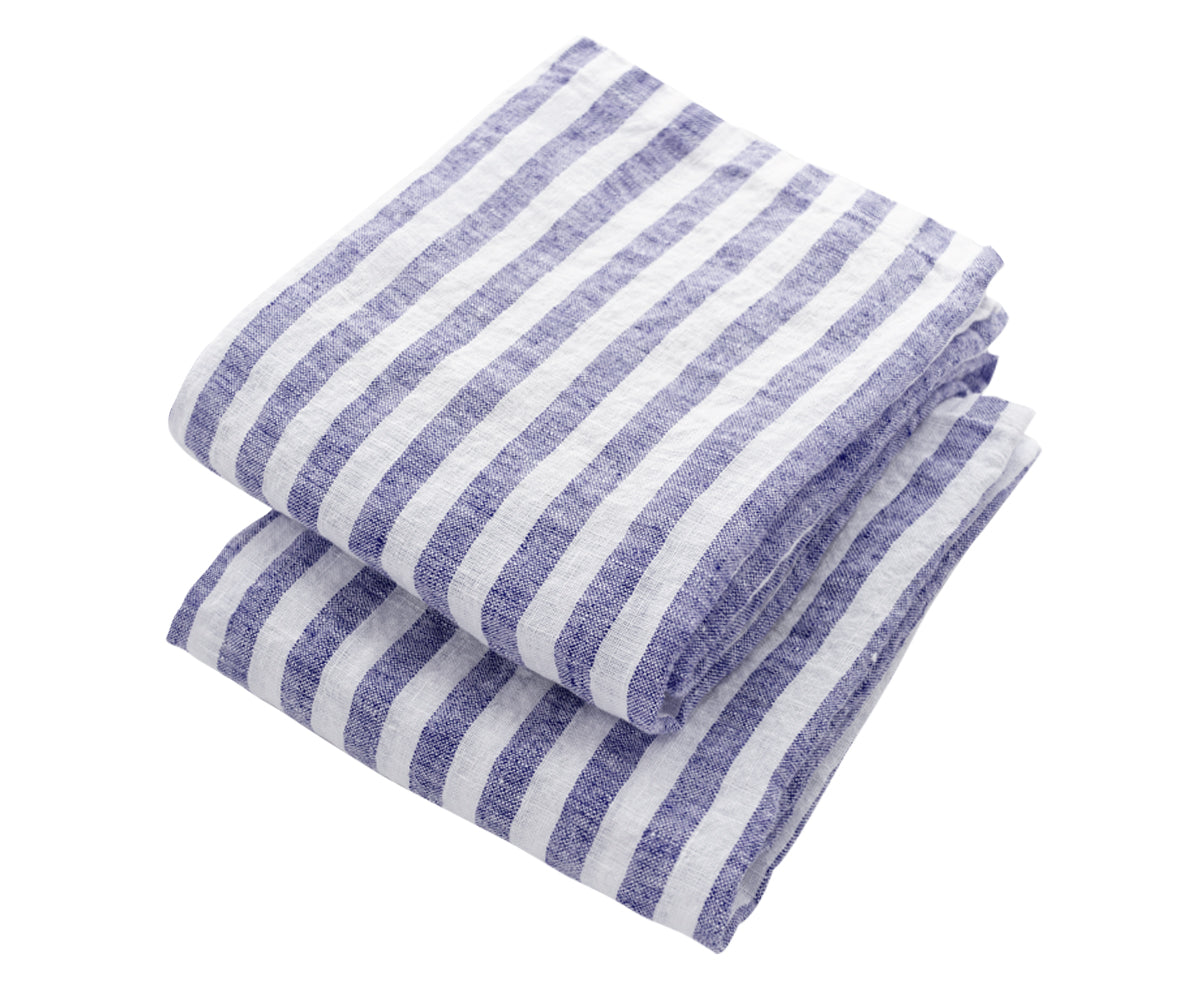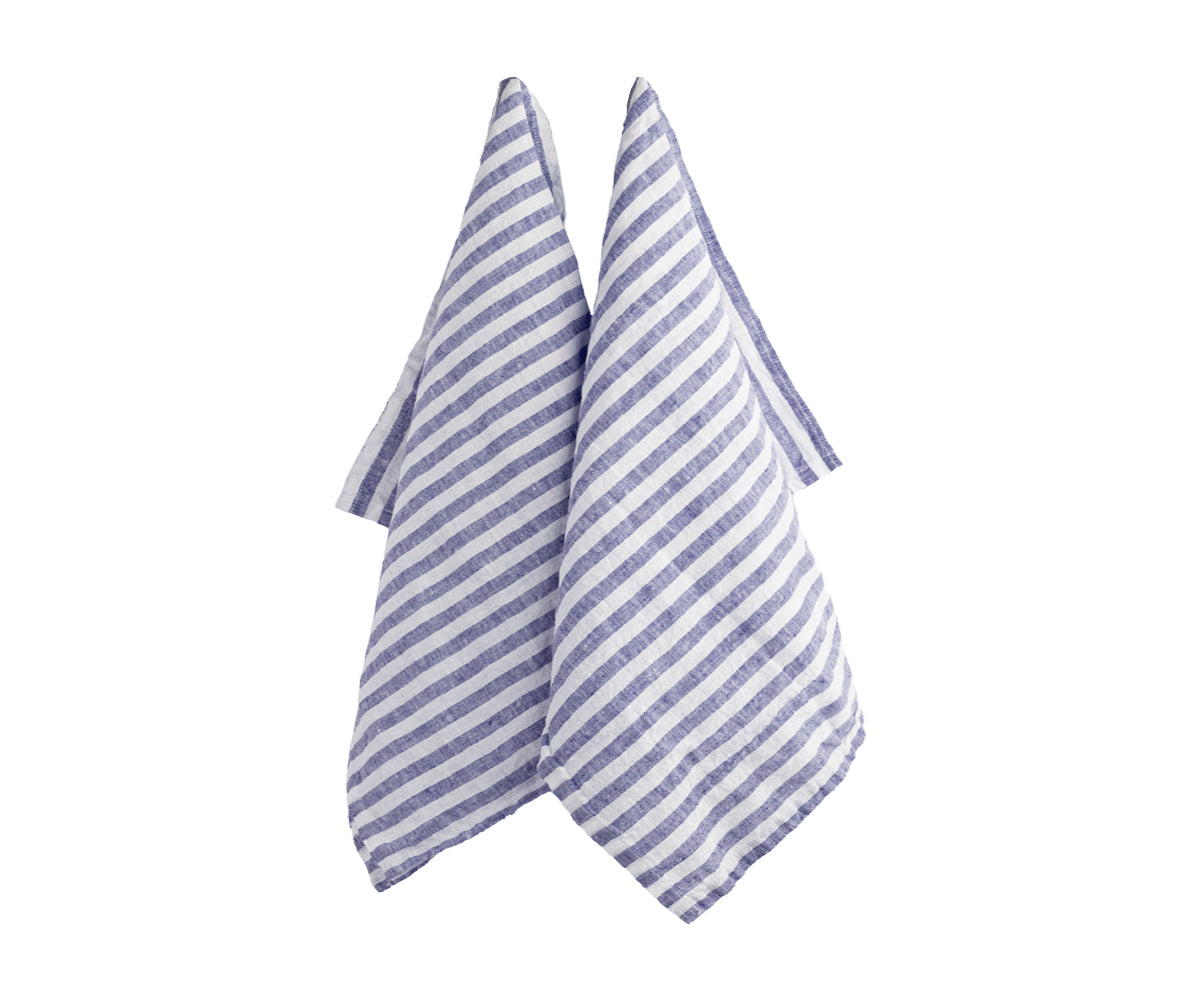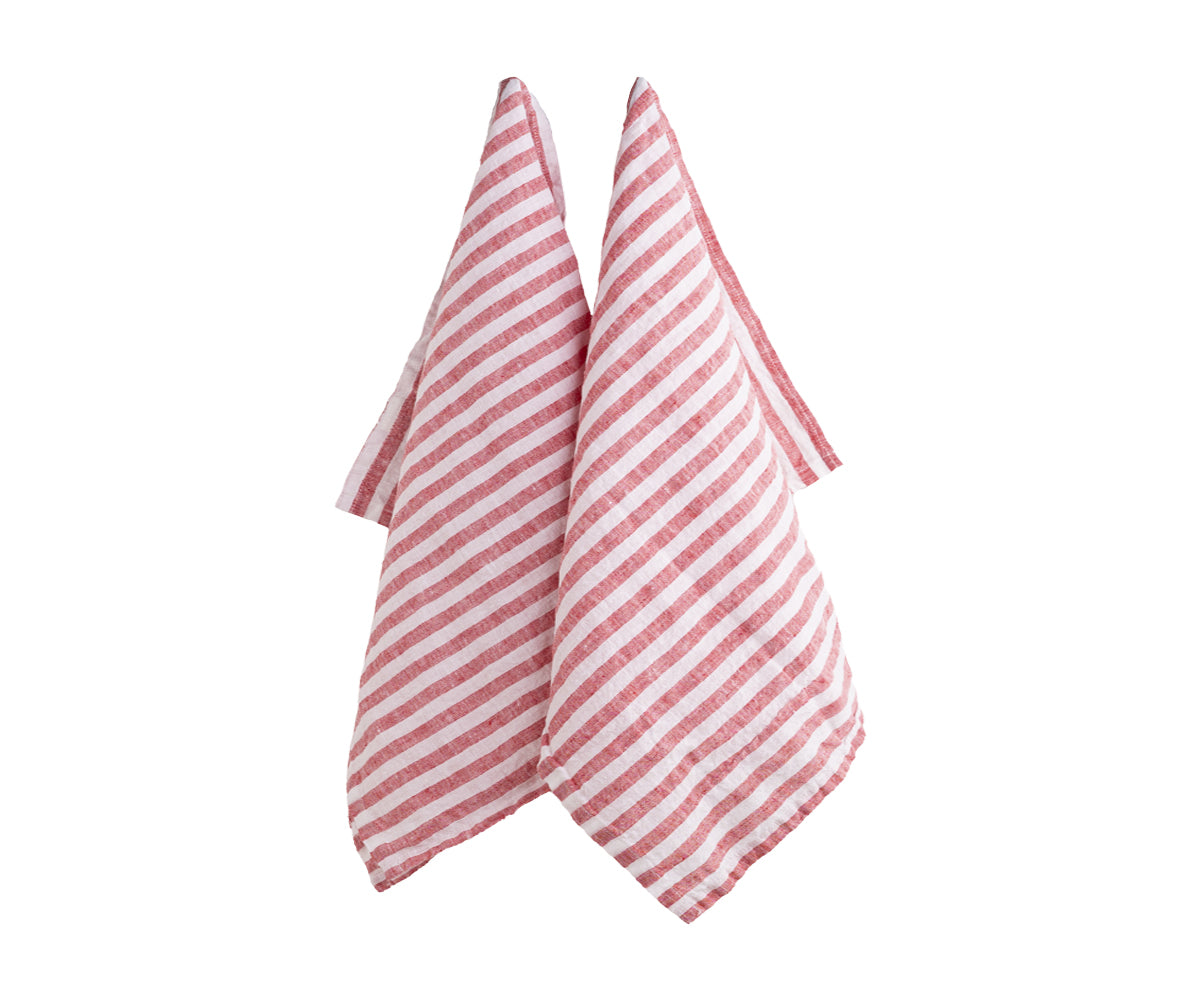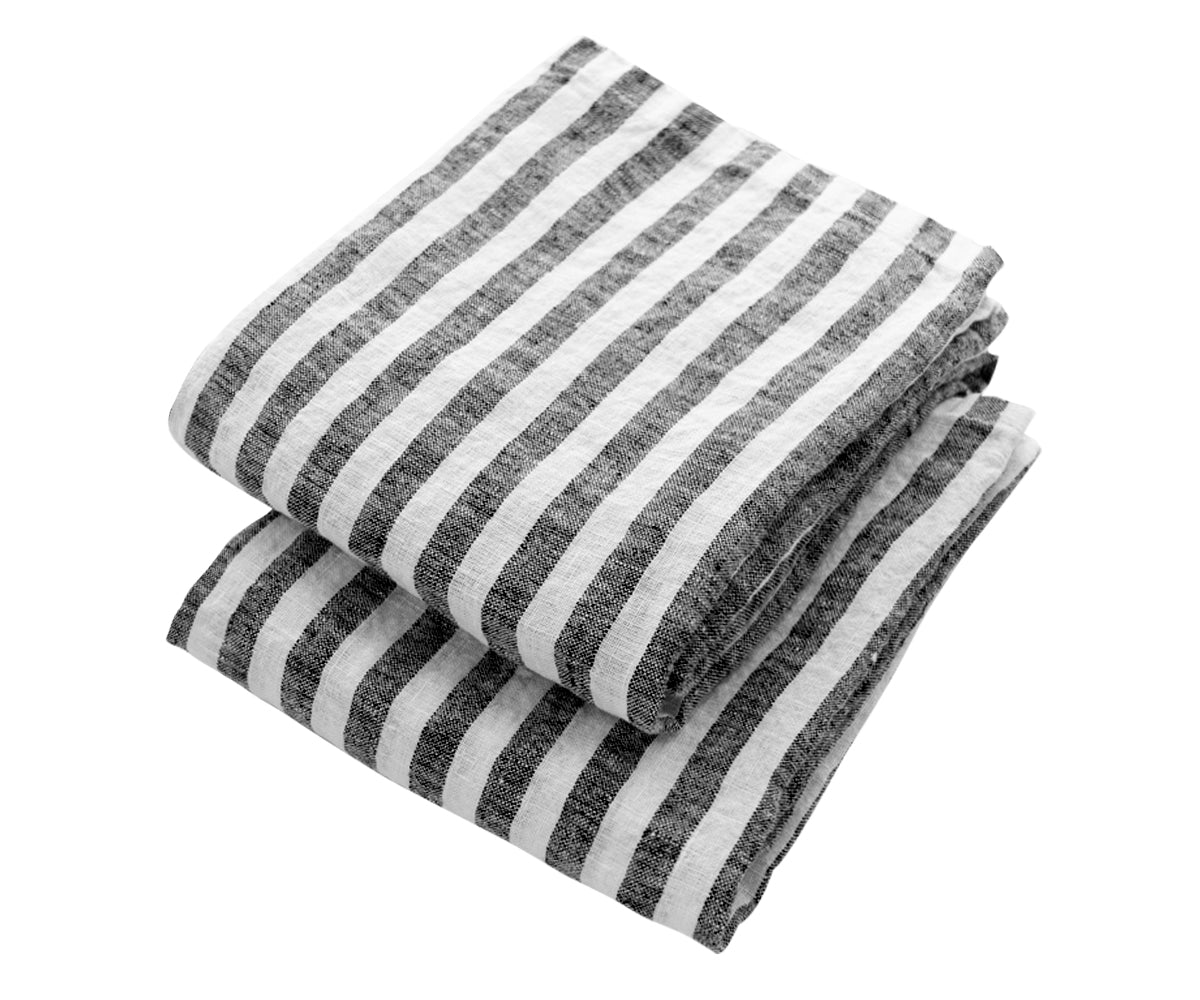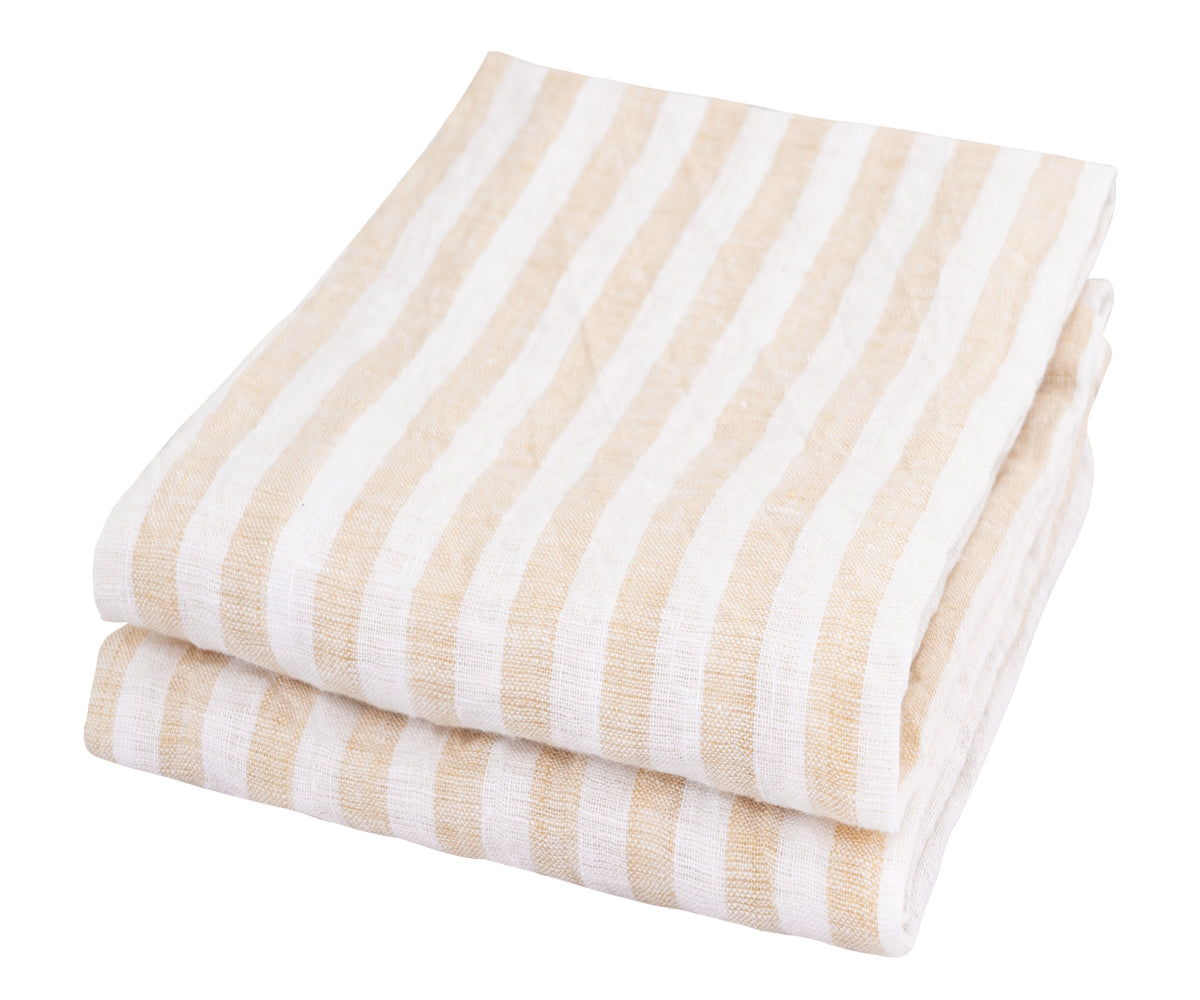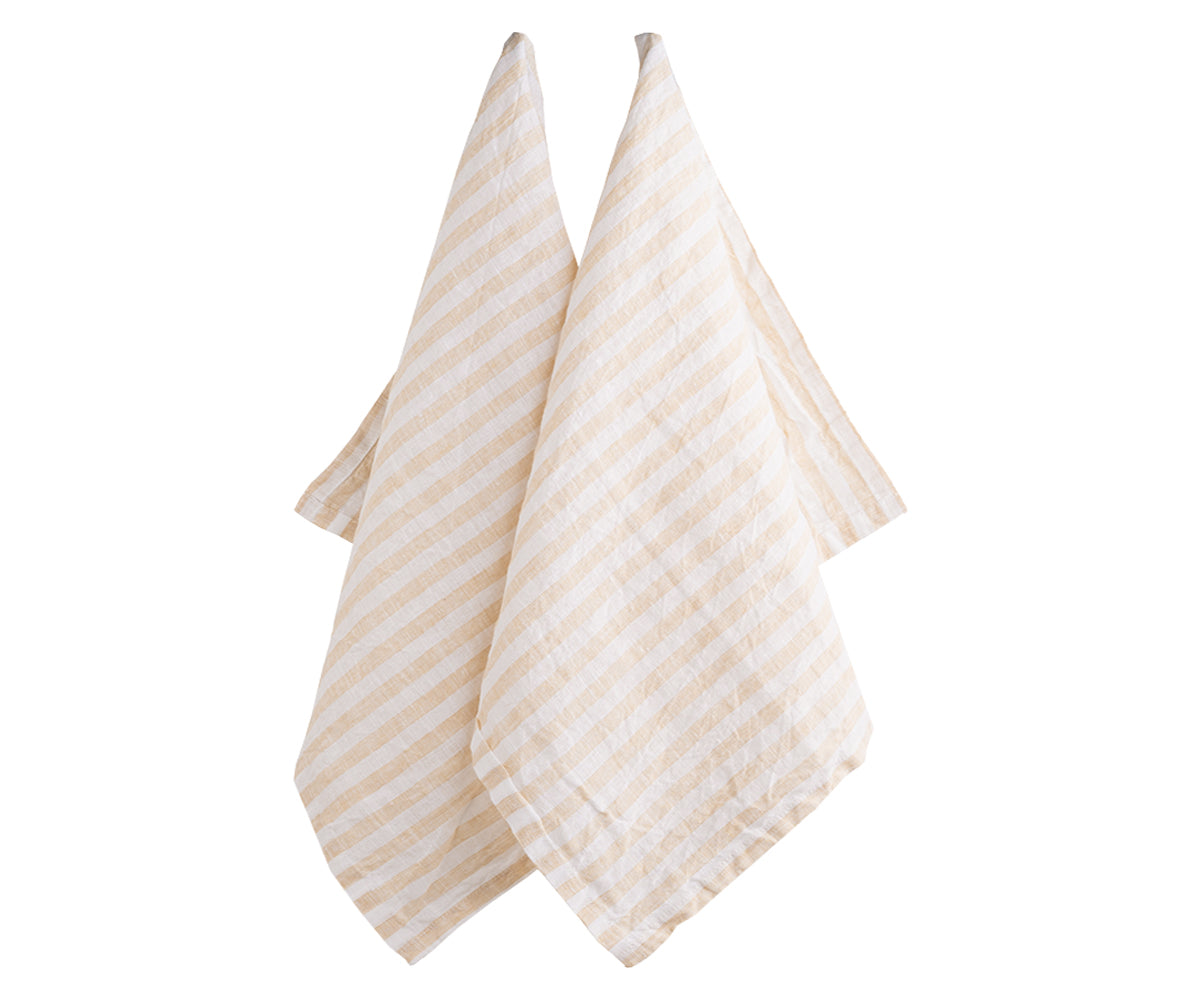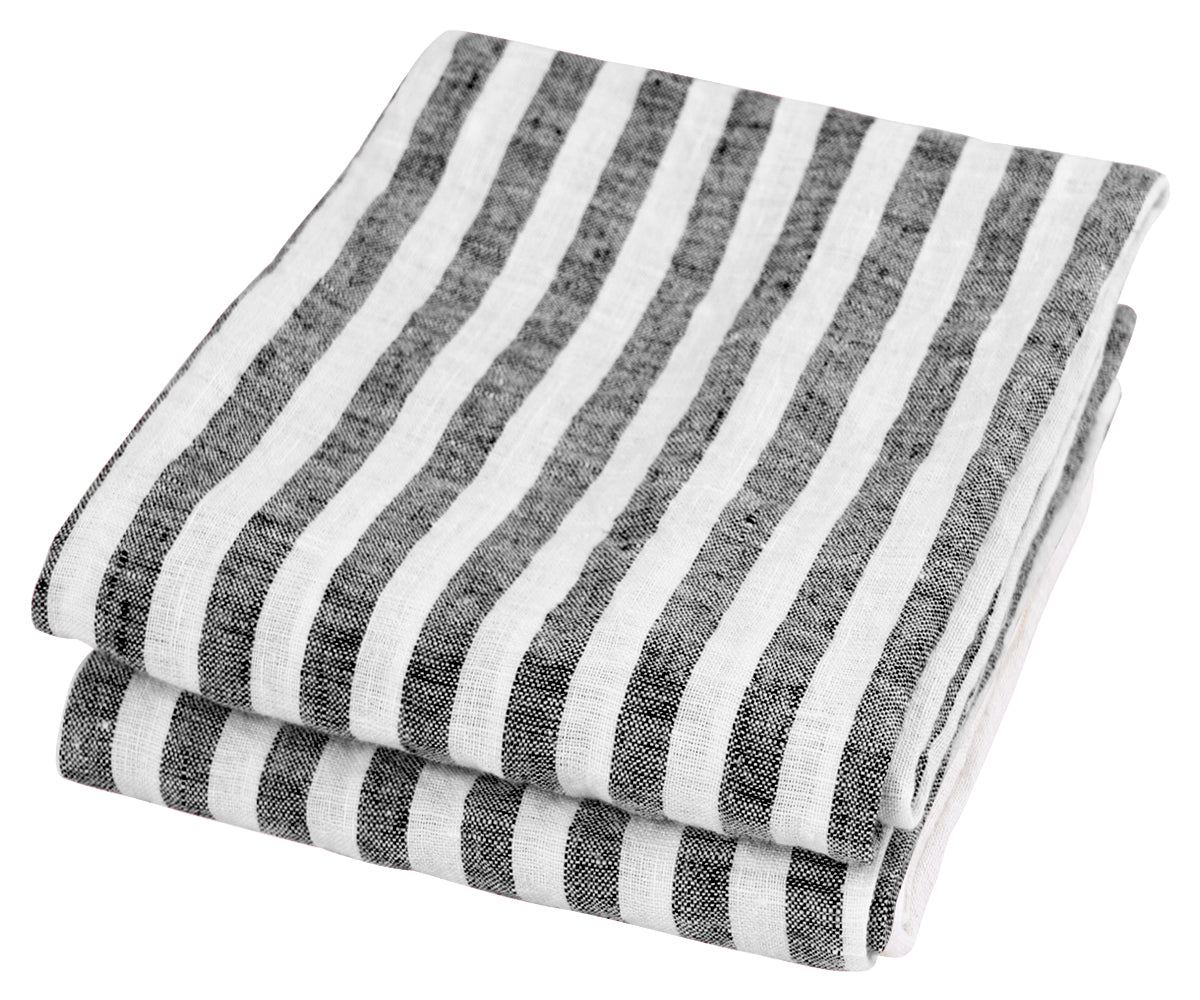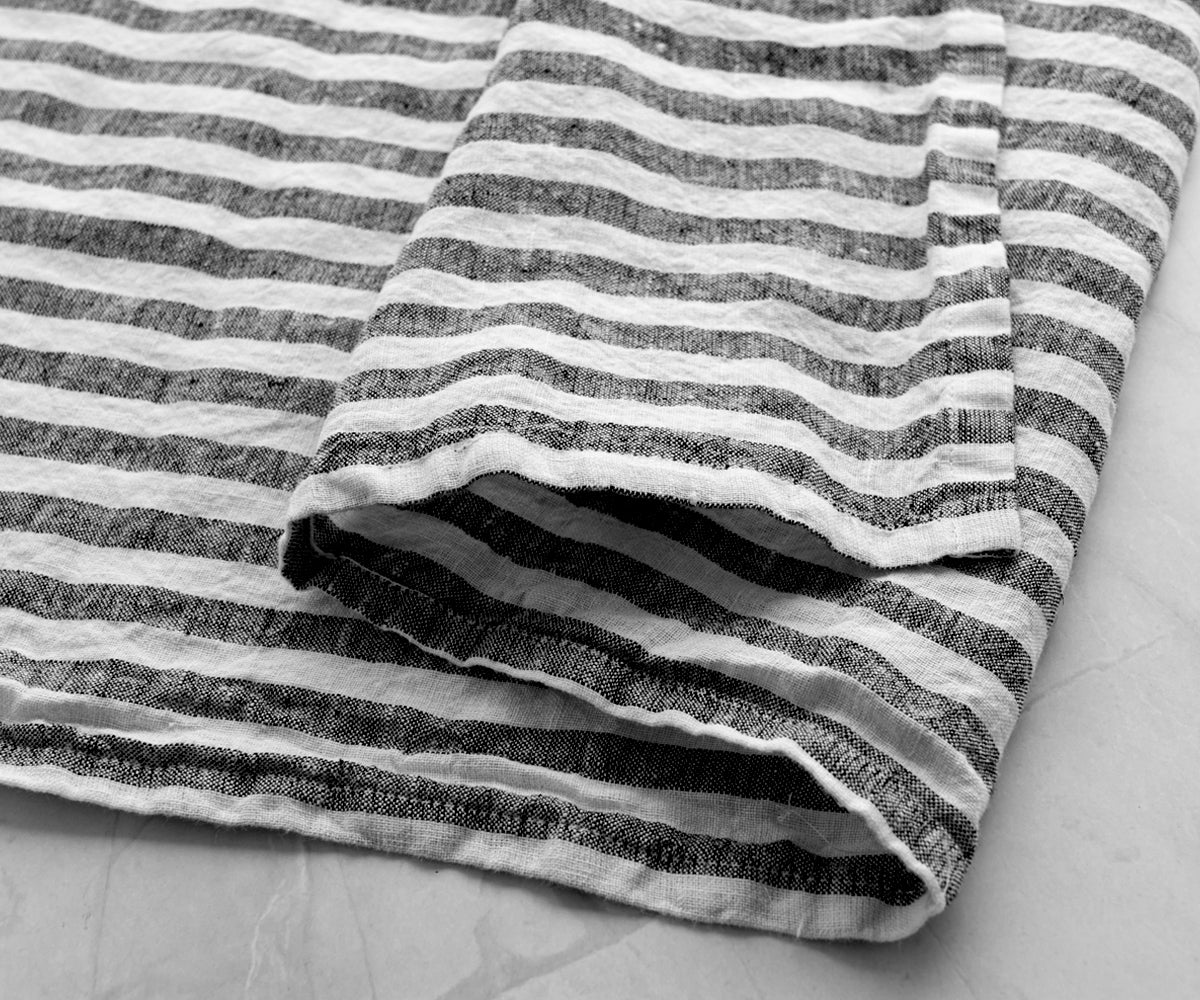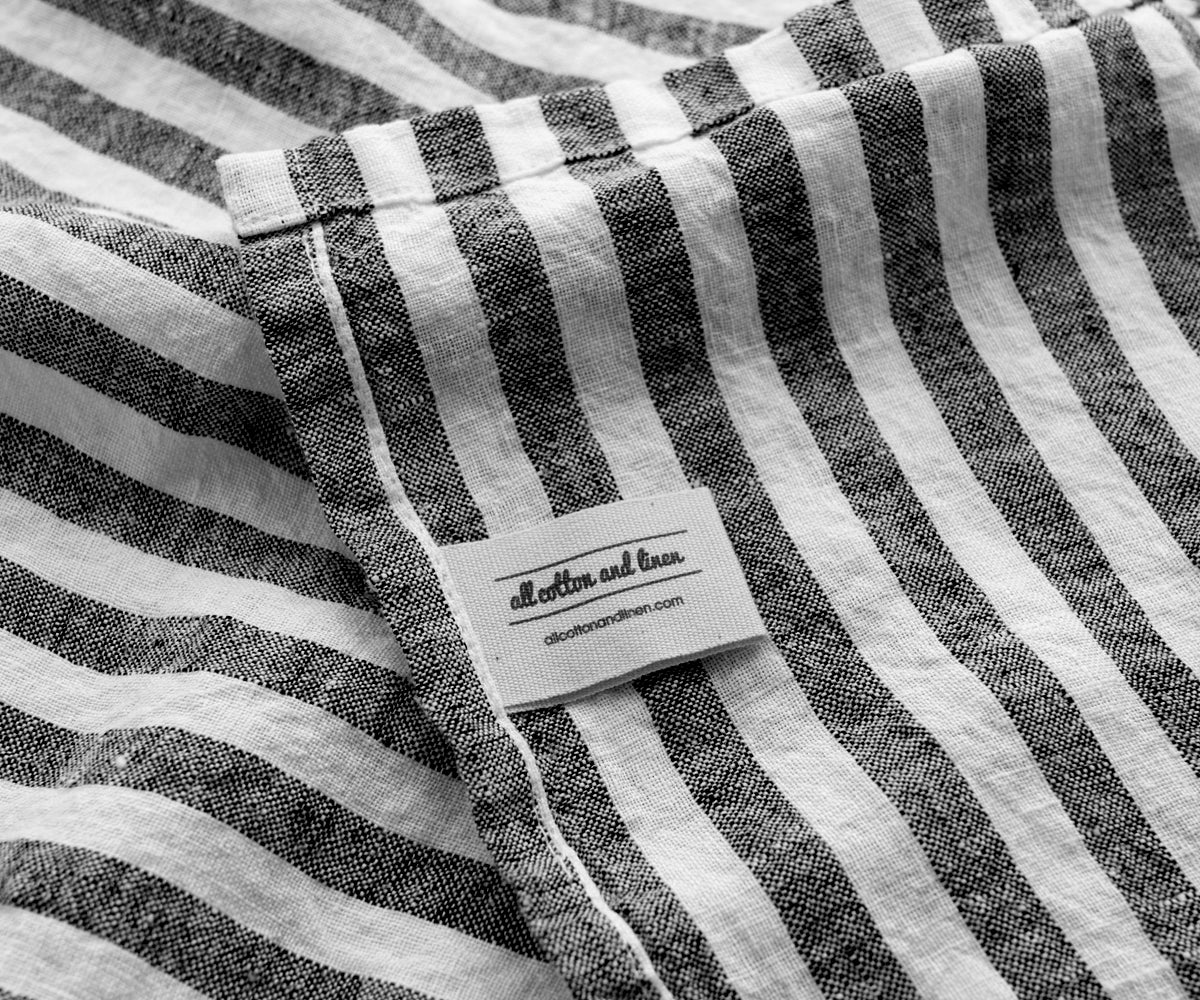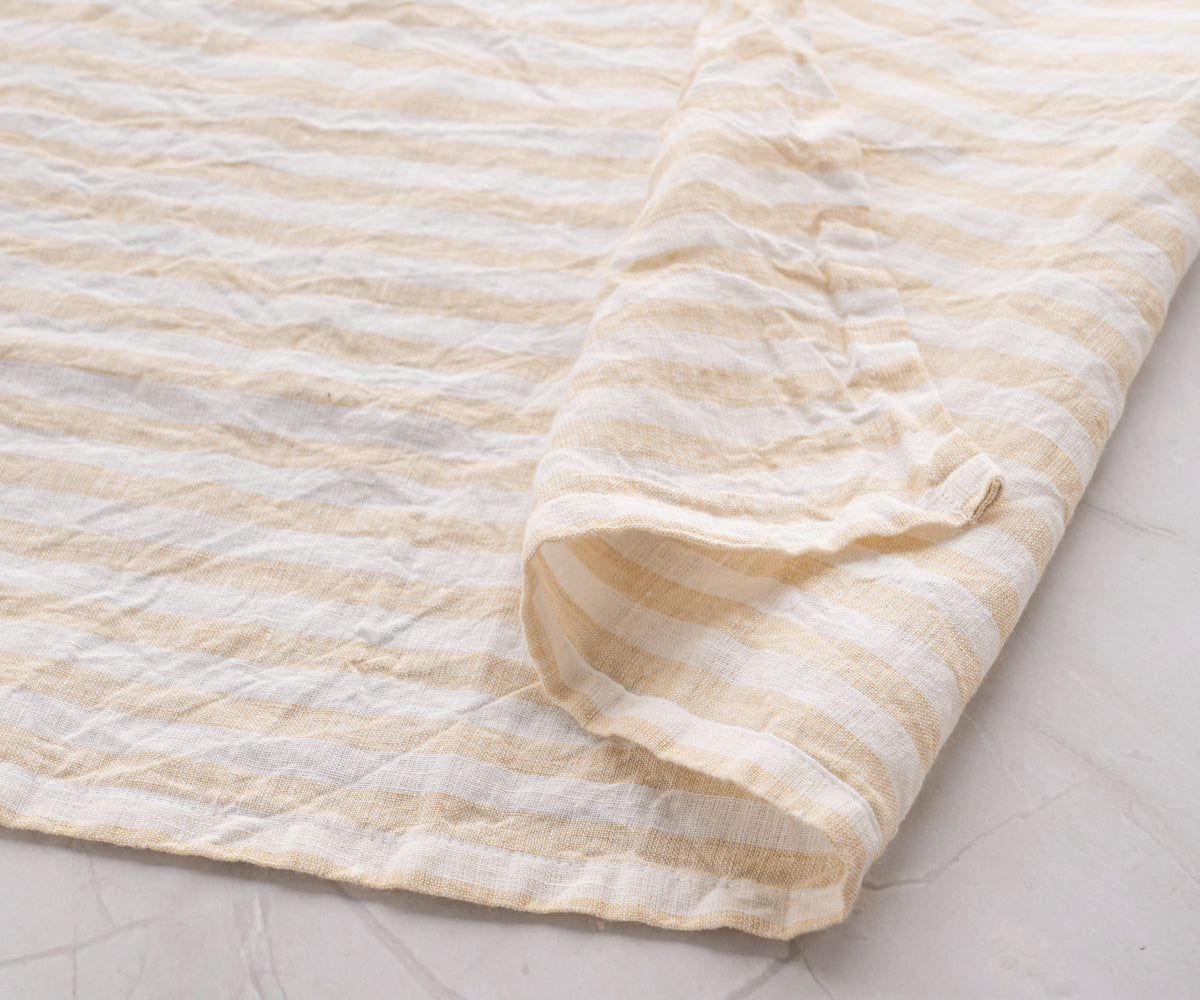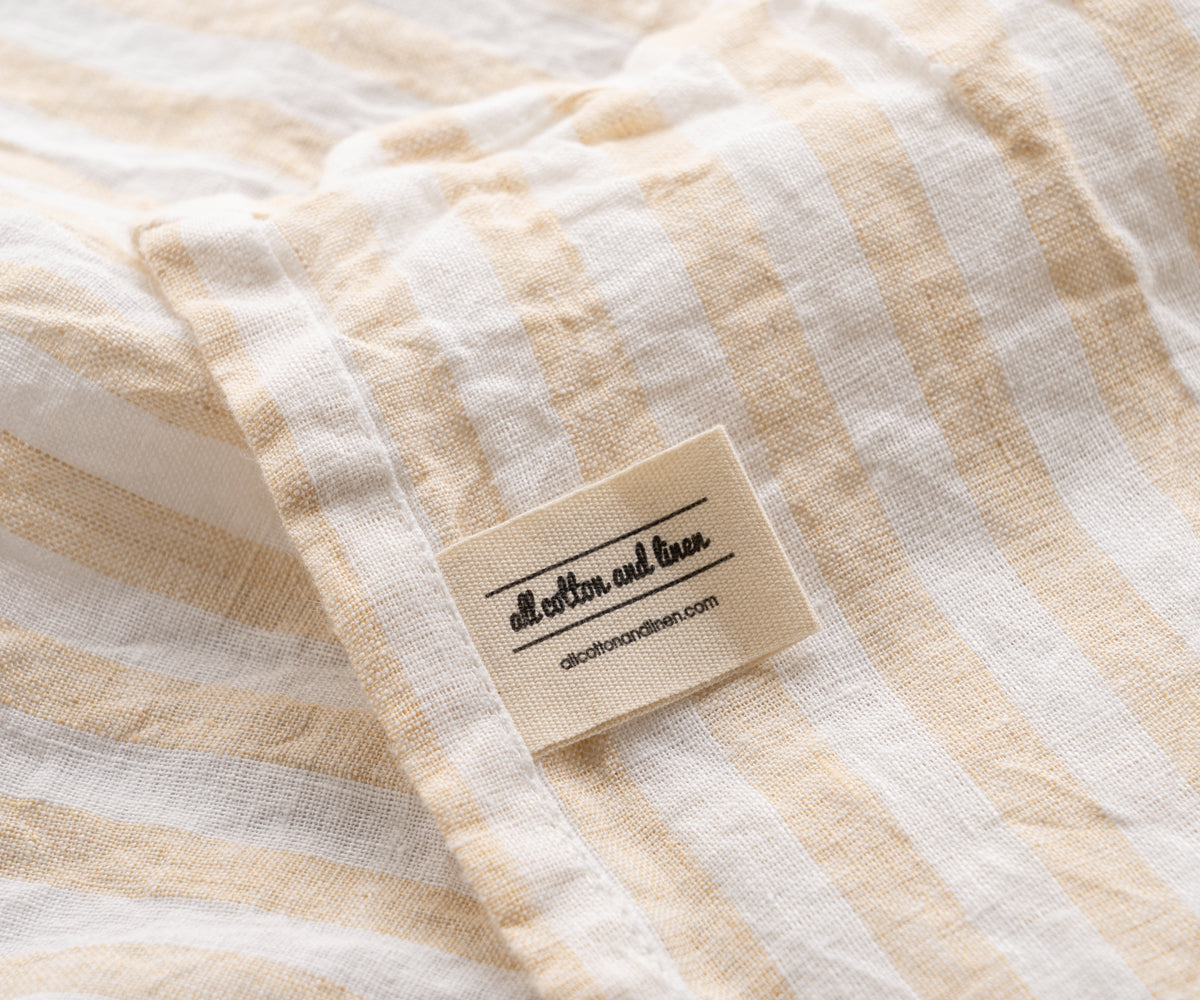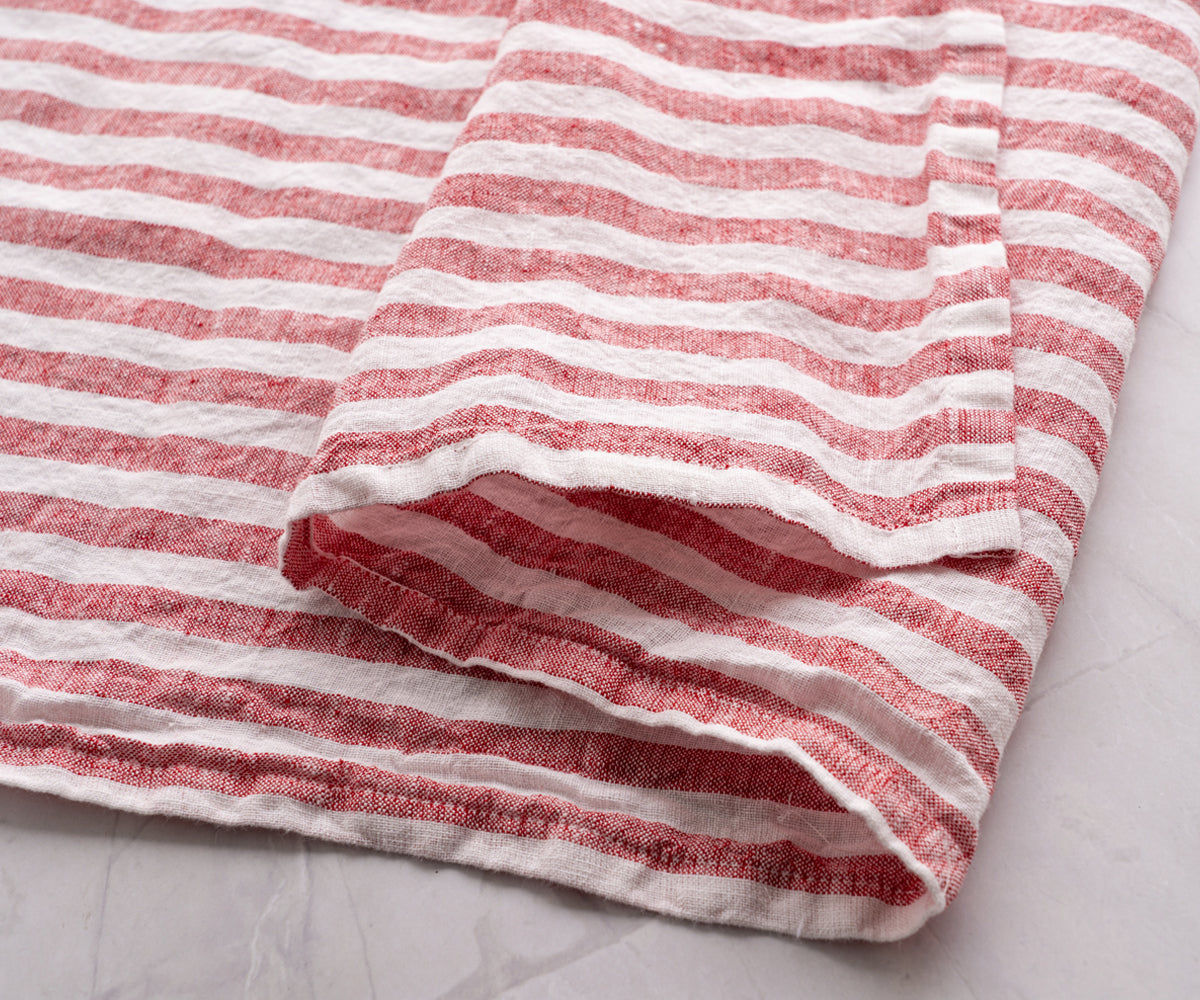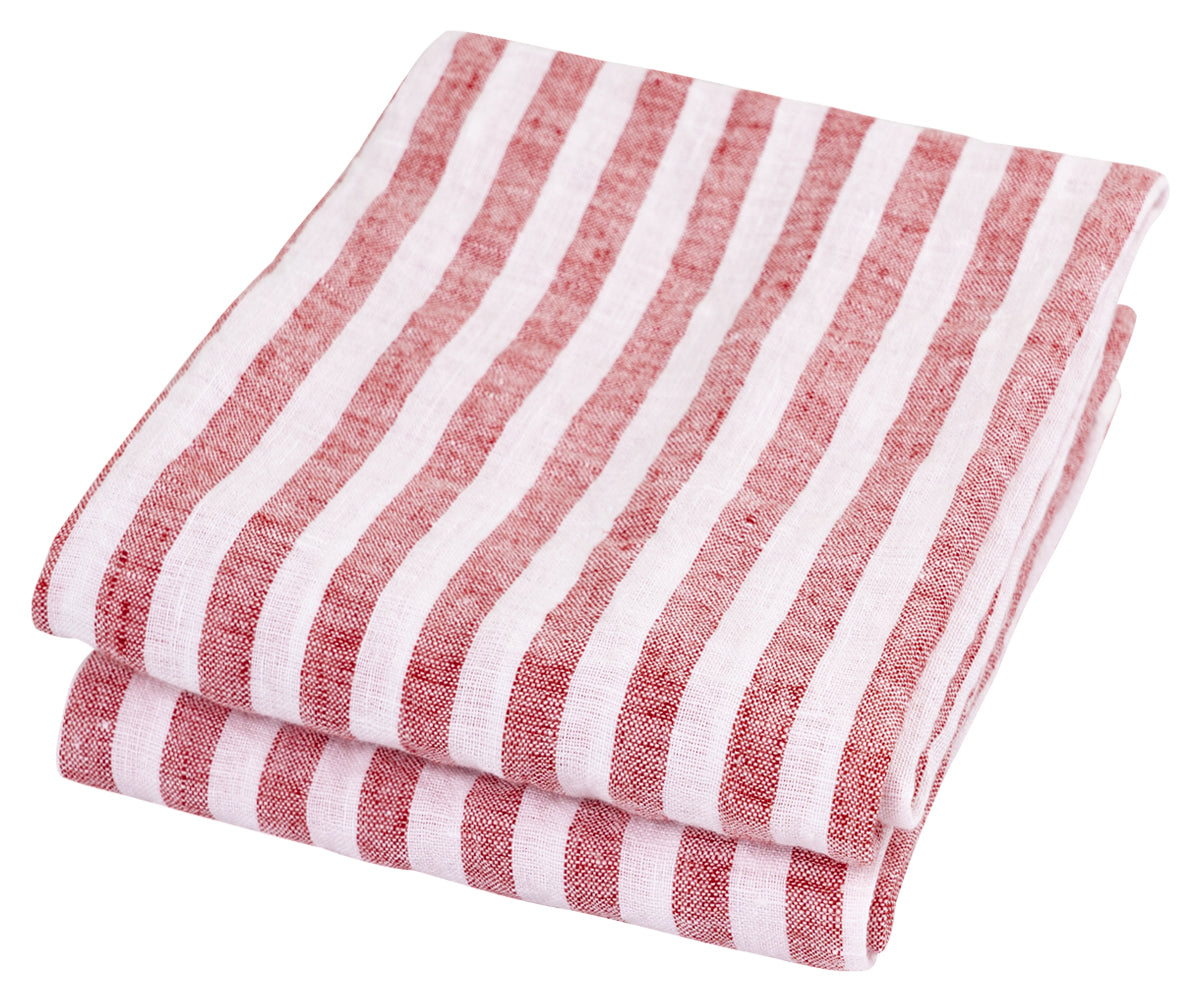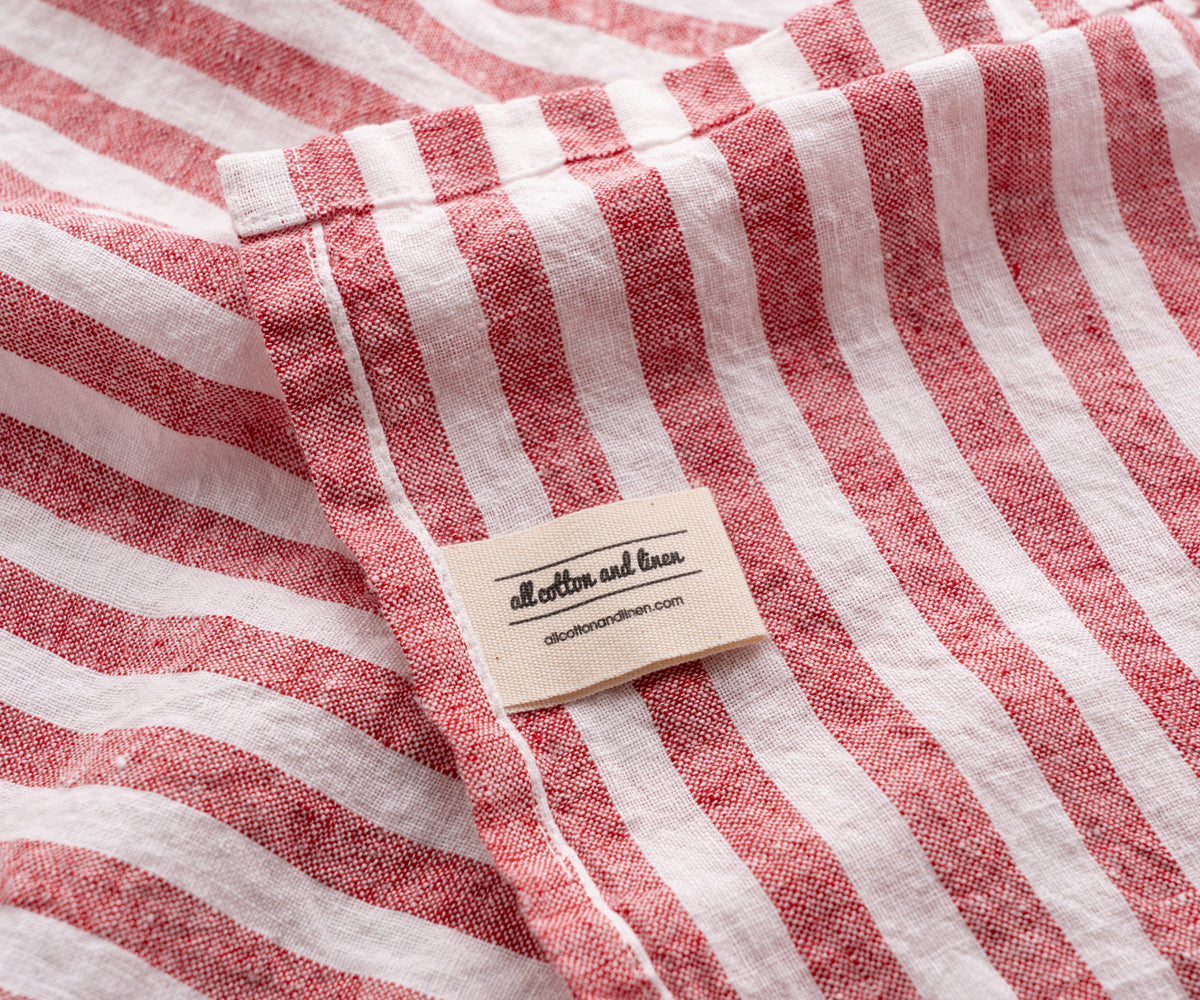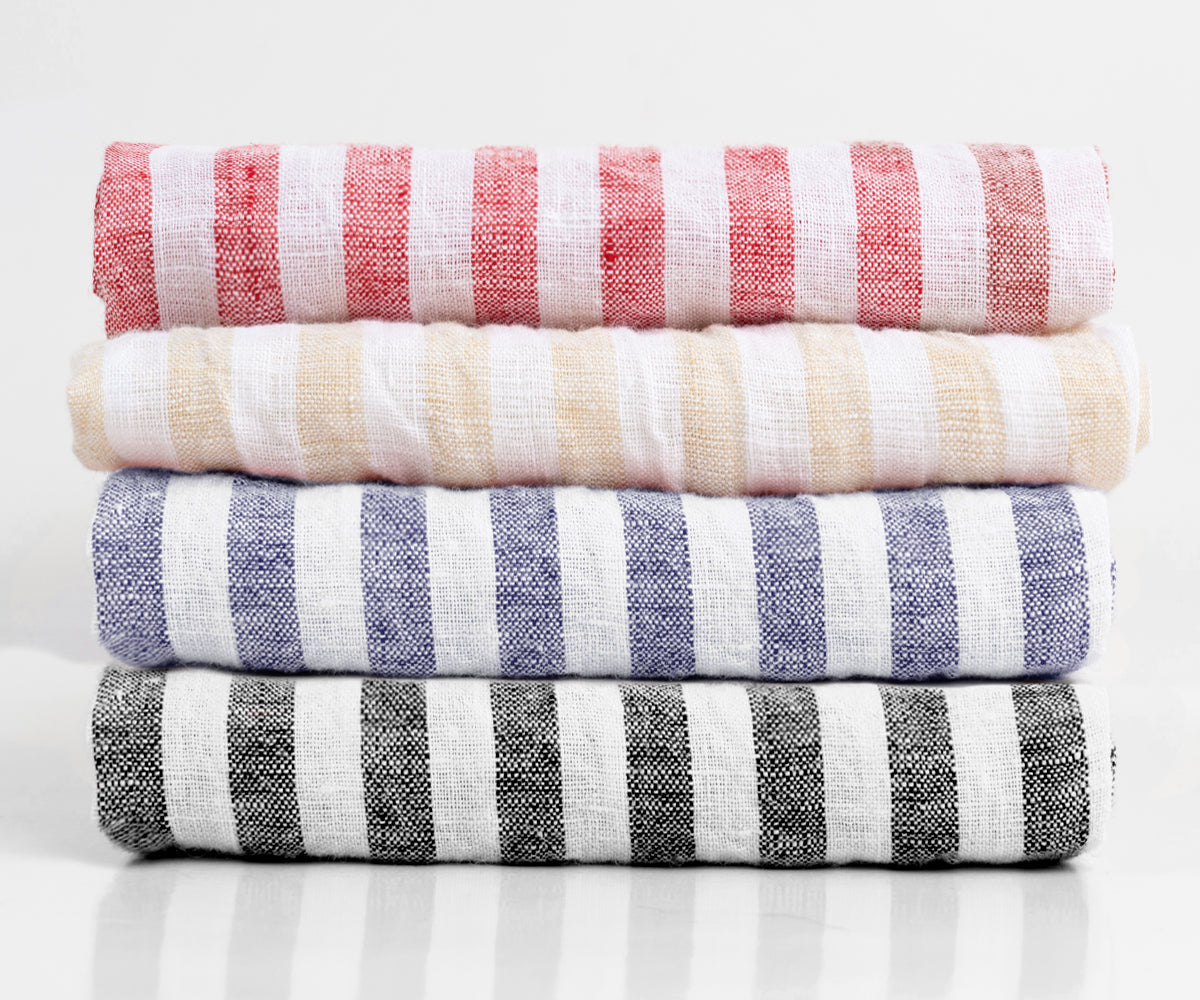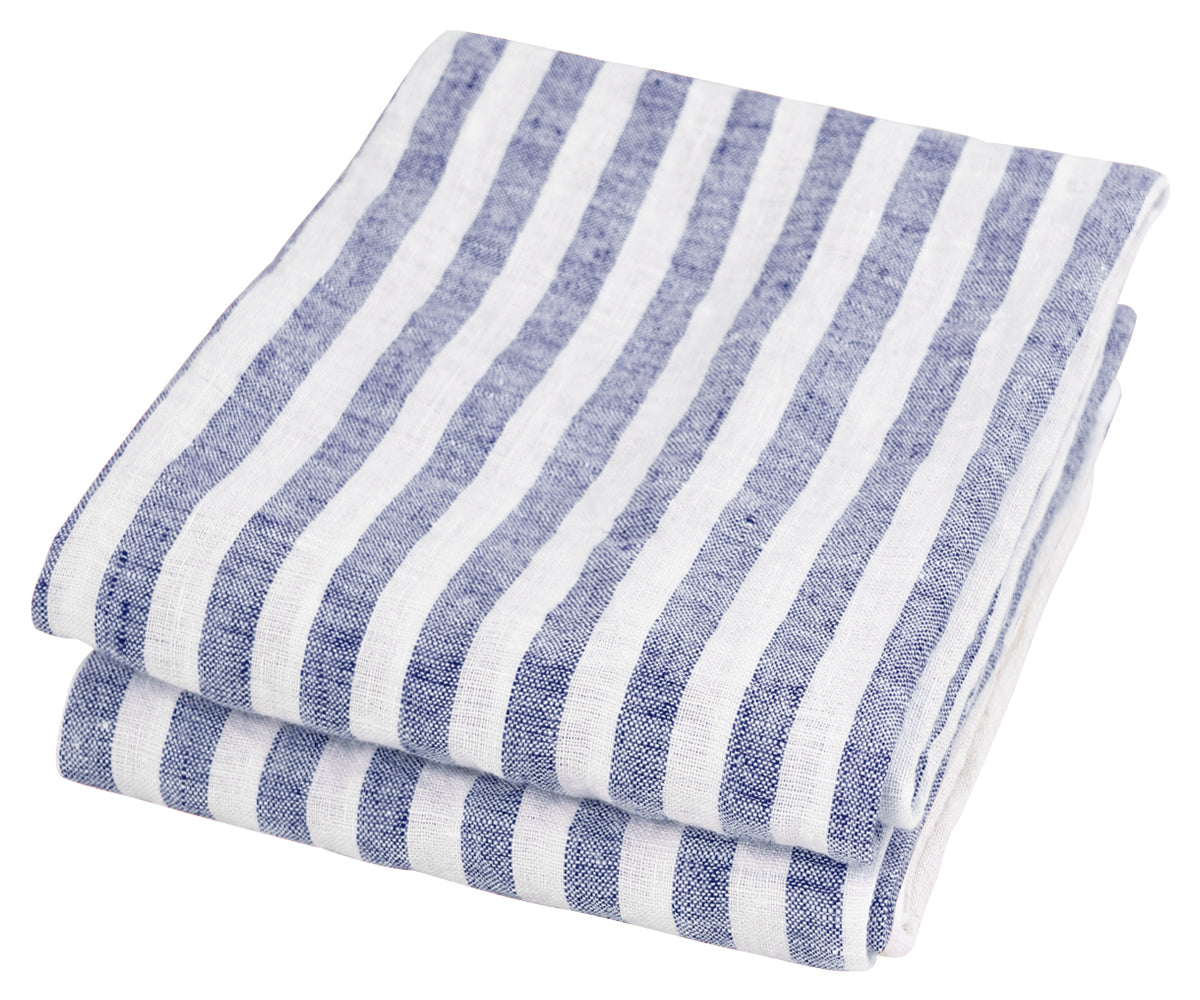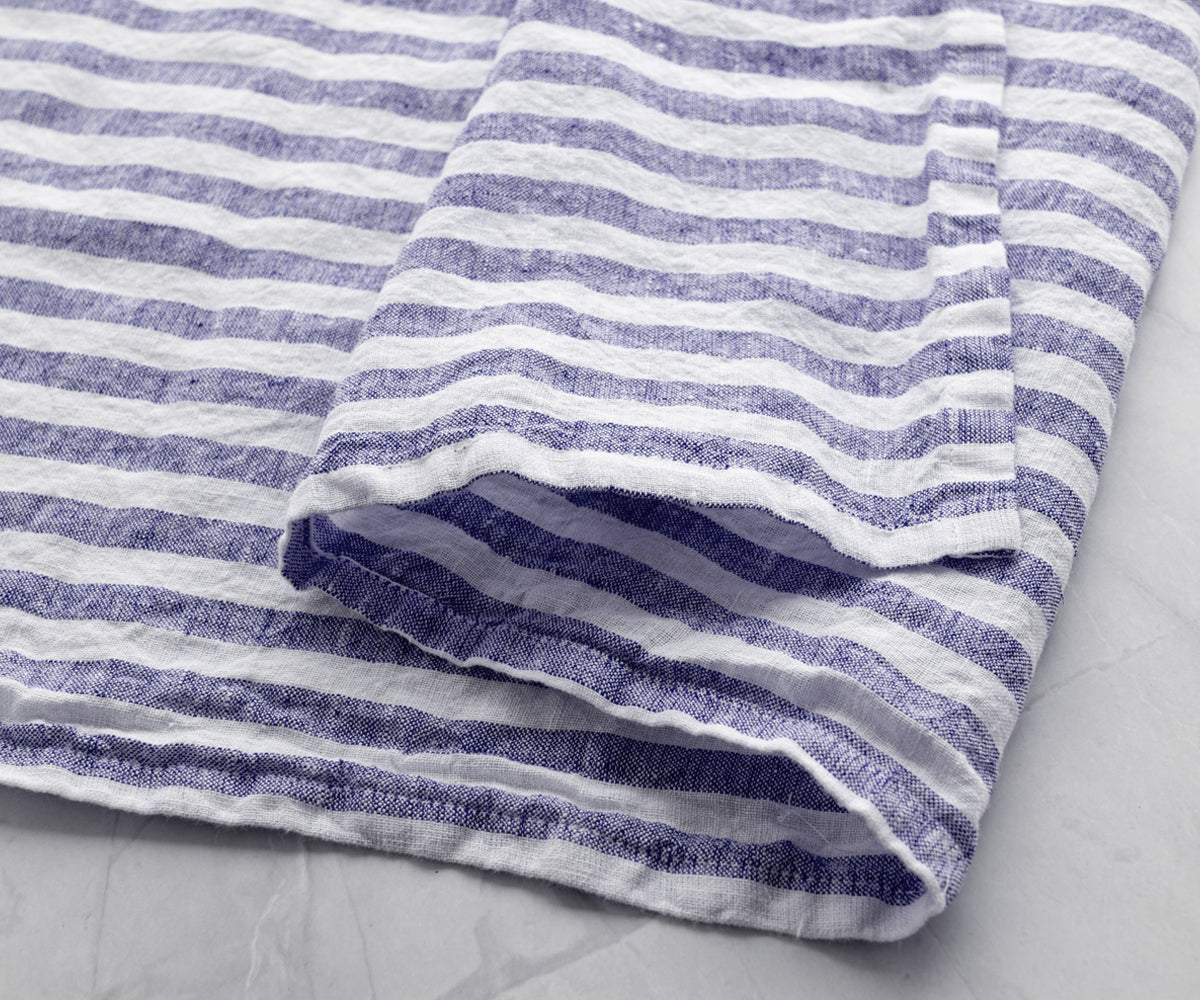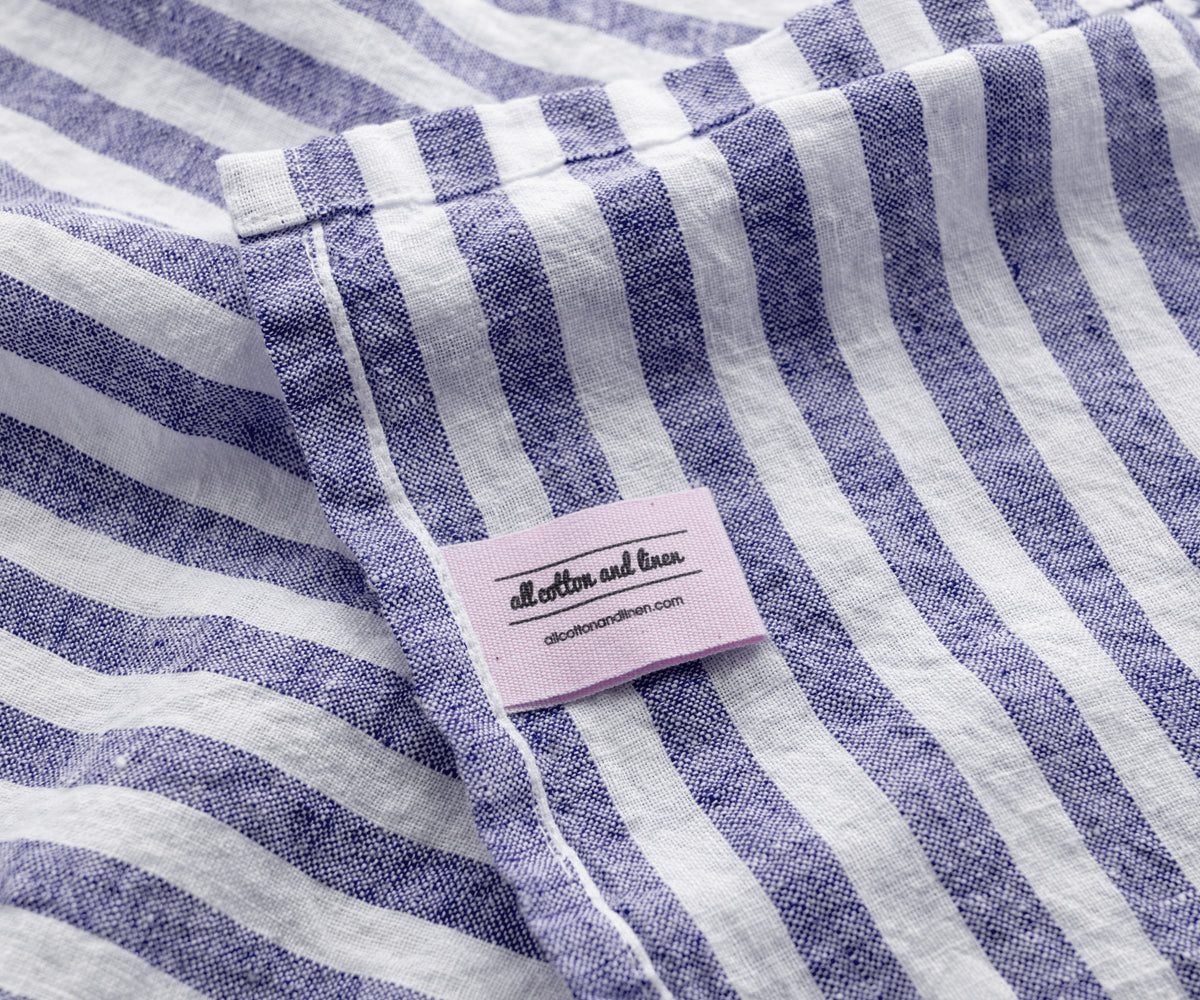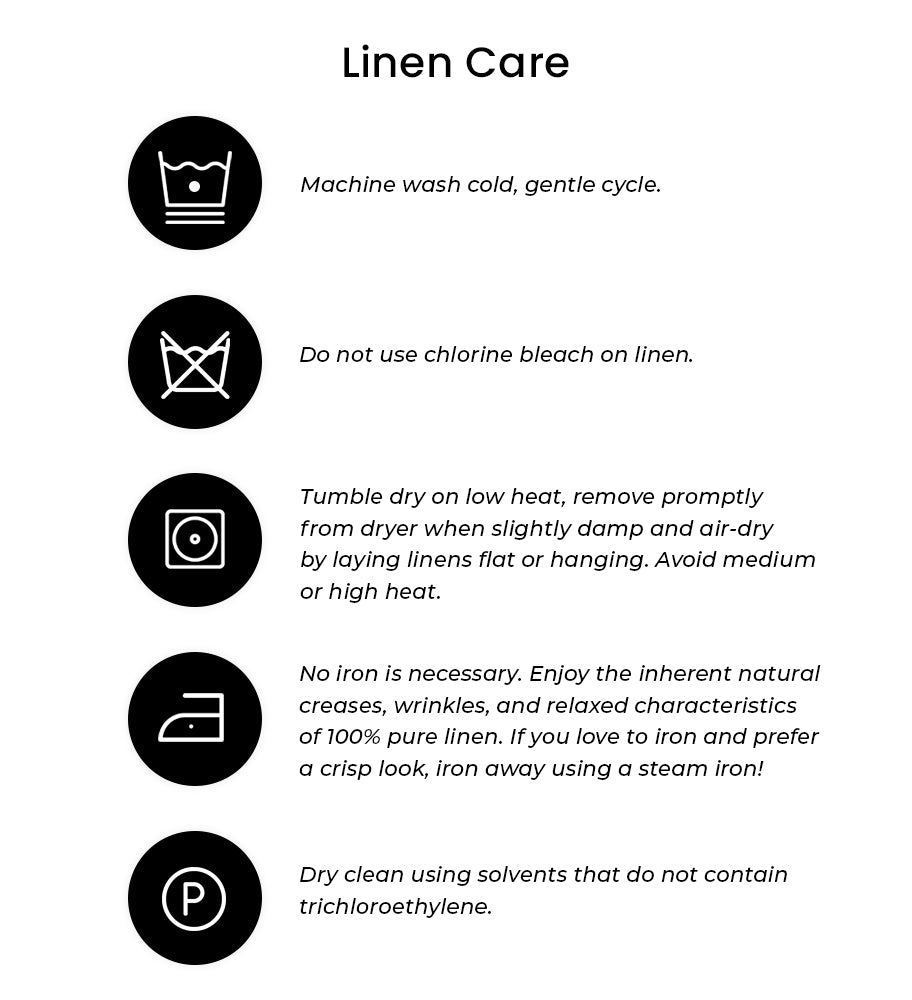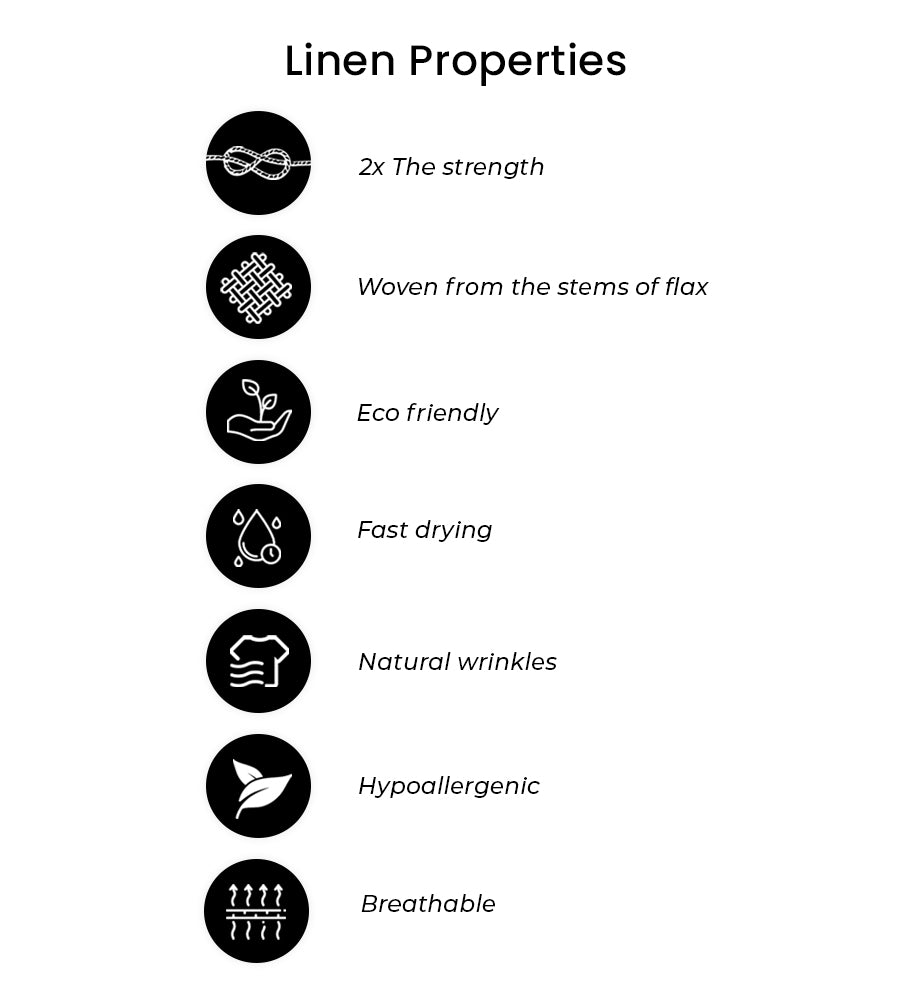
The Dish Towel Dilemma
We've all been there – you reach for organic dish towels to wipe up a spill or dry your hands, only to be met with a nauseating odor that makes you recoil in disgust. It's a situation that's all too common, and it's not just in your head. Dish towels are the unsung workhorses of the kitchen, absorbing spills, drying hands, and tackling various cleaning tasks. As a result, they often become breeding grounds for bacteria and trapped food particles, which can lead to that stubborn and unpleasant smell that seems to defy regular washing.
Read More: Gifts for Mother in Law - 10 Easy Picks for Her

Understanding Bacteria and Residue Buildup
The root cause of the dreaded dish towels stench is a combination of factors. When we use dish towels, they come into contact with moisture, warmth, and remnants of food – the perfect environment for bacteria to flourish. Over time, these bacteria release compounds that create the infamous musty odor. Moreover, if dish towels like black and white hand towels aren't thoroughly cleaned during the washing process, residual oils and food particles can remain trapped in the fibers, providing further nourishment for odor-causing bacteria.
Read Related: Easter Tote Bags for Kids & Adults – Shop Now

The Penny-Pinching Solution
You might be tempted to resort to expensive specialty detergents or consider tossing your most absorbent dish towels altogether. But before you take such drastic measures, consider the penny-pinching wisdom of the online community. A tried-and-true method has emerged to banish that foul smell and rejuvenate your dish towels, such as white towels' functionality.
The Ultimate Freshness Restoration Technique
Gather Your Supplies
To begin the process of revitalizing your kitchen dish towels, you'll need:
- A large pot
- Liquid dish soap (preferably a potent one like Dawn)
- Vinegar
- A ladle or stirring utensil

Prepare the Pot
Fill the large pot with water from the tap. Aim to fill it at least halfway, if not three-quarters of the way, to ensure adequate coverage for your dish towels.
Craft the Cleaning Solution
Add a teaspoon or two of your chosen liquid's dish soap to the water in the pot. This powerful detergent will help break down oils and grime that have built up in the fabric.

Introduce Vinegar for Odor Neutralization
Pour in half a cup of vinegar. Vinegar being a natural deodorizer and disinfectant, and its acidic nature helps eliminate odors and bacteria that might be lurking in your dish towels.
Boil and Stir
Place a few dish towels into the pot with the cleaning solution. Bring the mixture into a boil, and reduce the heat to maintain a gentle simmer. Allow the dish towels to boil for 10 to 15 minutes and stir occasionally to ensure even exposure to the cleaning solution.
Read More: Why Are Crop Tops So Popular Among Youths?
Drain and Dry
Once the boiling time is up, carefully drain the water from the pot. To dry the dish towels, you can choose to lay them out in the sun, allowing the natural UV rays to further disinfect and freshen them. Alternatively, a drying rack in your laundry room works just as well.
Final Laundering Step
After your dish towels have dried, toss them into your washing machine as you normally would. Use hot water for this final laundering step, as hot water helps break down any remaining oils and stubborn bacteria.
Maintaining a clean and odor-free kitchen isn't just about appearances; it's about creating a space that's both inviting and conducive to your culinary endeavors. By understanding the factors behind the foul smell that can plague towels like blue and white dish towels and by embracing the simple yet effective technique outlined above, you can ensure that your dish towels remain an asset rather than a hindrance in your kitchen. Don't let rancid odors put a damper on your cleaning efforts – with the right approach, your dish towels can play their part in keeping your kitchen fresh, functional, and enjoyable.




